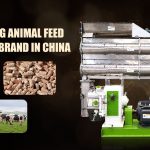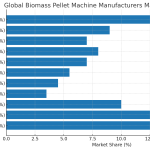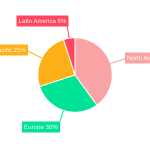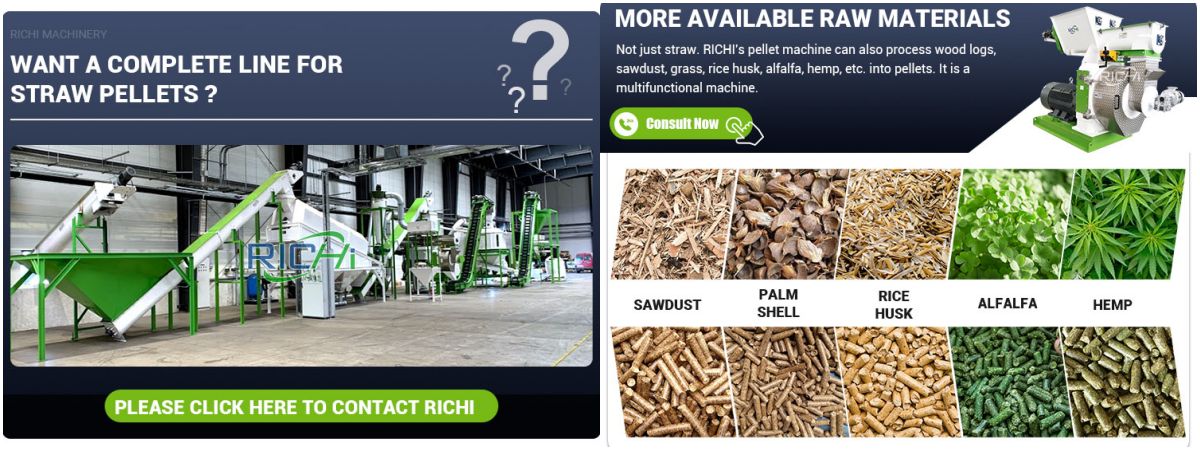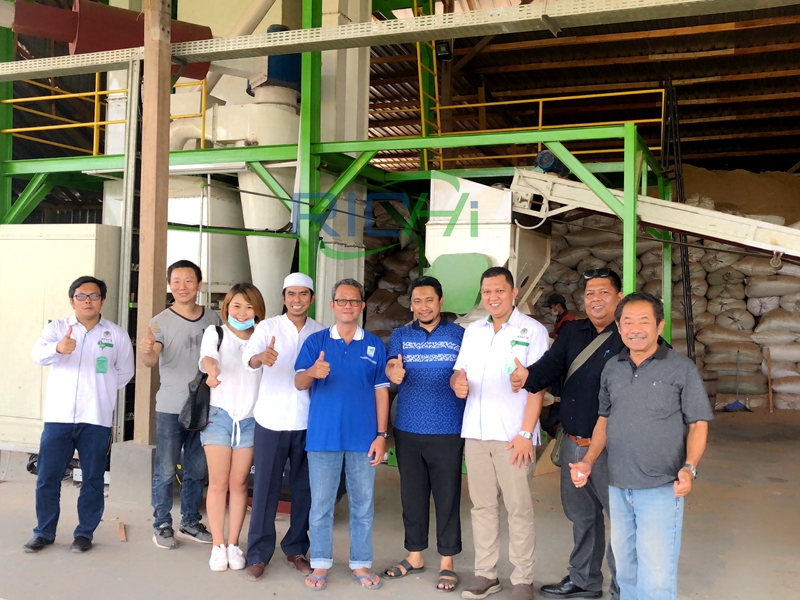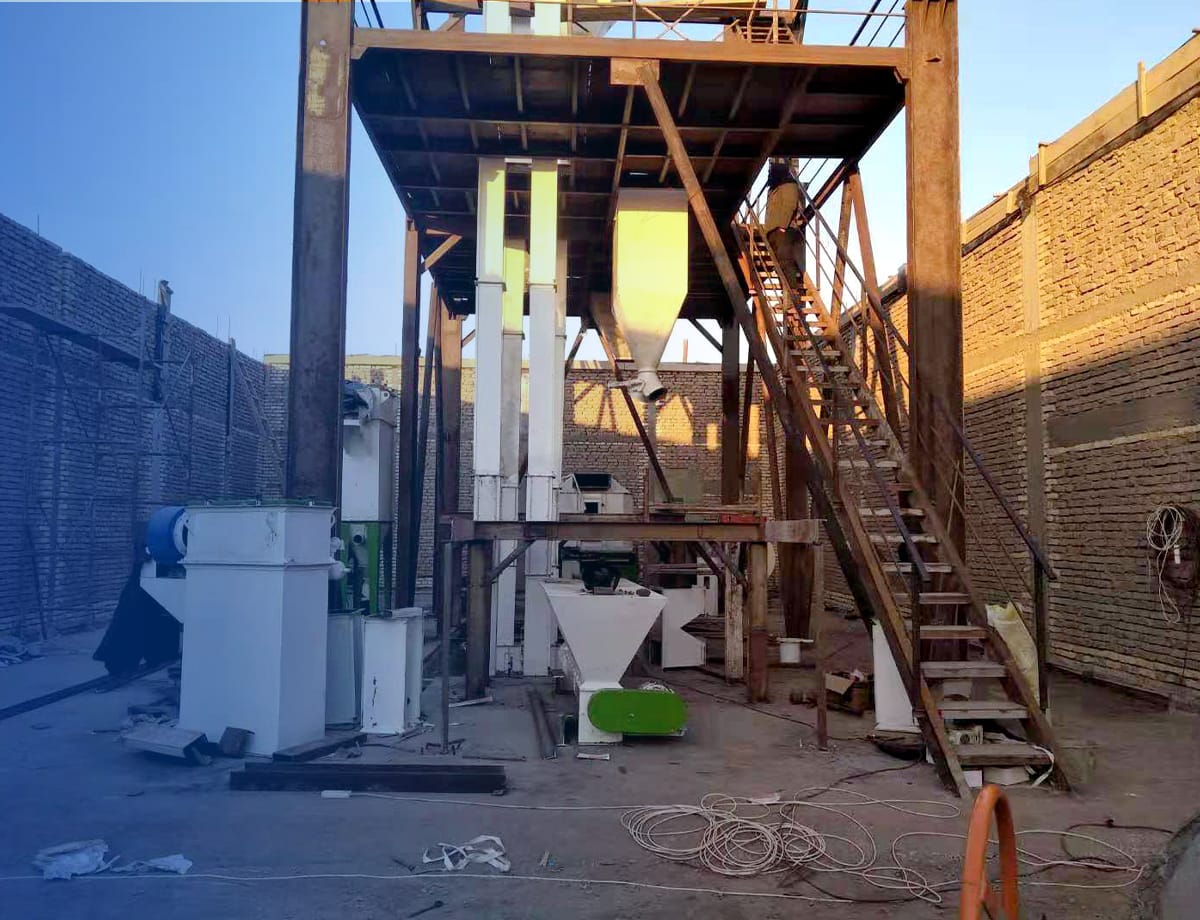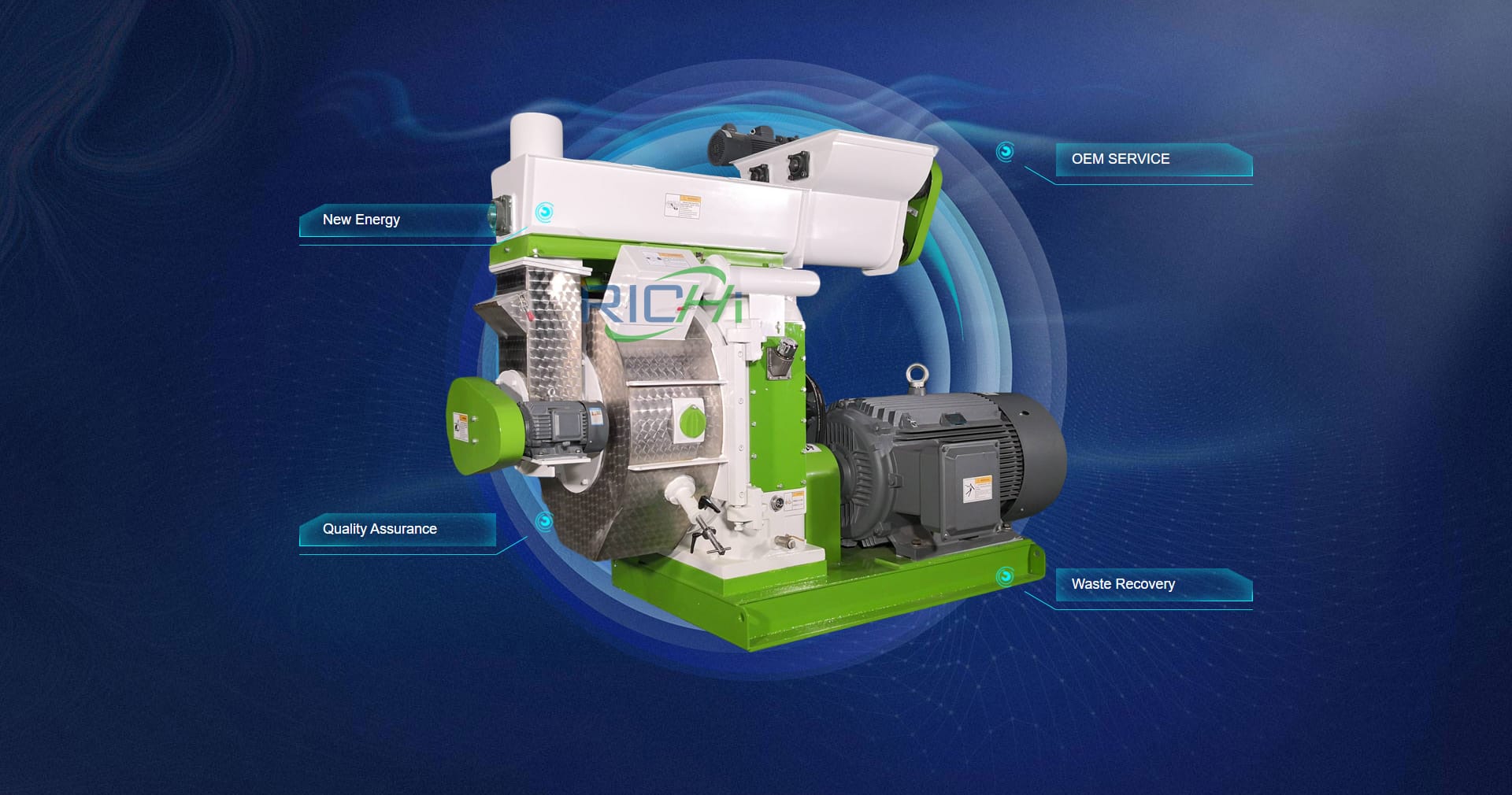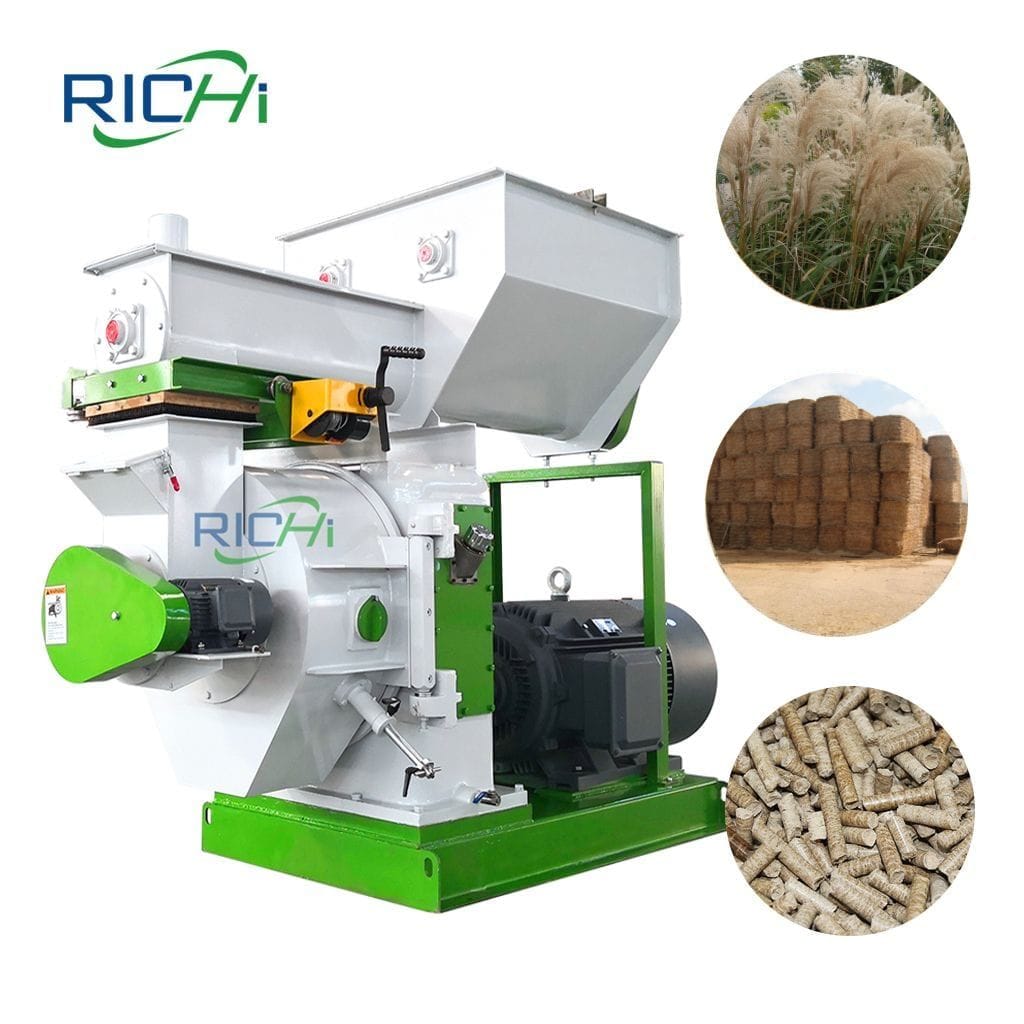Vietnam, with its thriving agricultural sector, presents an excellent opportunity for establishing a straw pellet production line. A 1 ton per hour (T/H) capacity plant can efficiently convert agricultural waste into valuable biomass fuel. This article explores the various raw materials available in Vietnam that can be utilized in a 1 T/H straw pellet production line.
Primary Raw Materials
- Rice Straw
Vietnam is one of the world’s largest rice producers, generating vast amounts of rice straw as a byproduct. Rice straw is an ideal primary raw material for pellet production due to its abundance and consistent supply throughout the year. The country’s Mekong Delta and Red River Delta regions are particularly rich sources of rice straw. - Wheat Straw
Although not as prevalent as rice straw, wheat straw is available in certain regions of Vietnam, particularly in the northern provinces. It can be an excellent supplement to rice straw in pellet production. - Corn Stalks
Vietnam’s growing corn industry provides another valuable raw material source. Corn stalks, left after harvesting, can be collected and processed into pellets, adding variety to the feedstock.
Secondary Raw Materials
- Sugarcane Bagasse
Vietnam’s sugarcane industry produces significant amounts of bagasse, the fibrous residue left after extracting juice from sugarcane. This material can be blended with straw to produce high-quality pellets. - Coconut Husks
With Vietnam’s extensive coastline and tropical climate, coconut production is substantial. Coconut husks, often considered waste, can be an excellent addition to the pellet production process. - Coffee Husks
Vietnam is the world’s second-largest coffee producer. The coffee processing industry generates large quantities of coffee husks, which can be incorporated into the pellet production mix.
Considerations for Raw Material Selection
When selecting raw materials for a 1 T/H straw pellet production line in Vietnam, several factors must be considered:
- Moisture Content
The ideal moisture content for pellet production is between 10-15%. Most agricultural residues in Vietnam have higher moisture content due to the humid climate. Implementing an efficient drying system in the production line is crucial. - Particle Size
For optimal pelletization, raw materials should be reduced to a uniform size, typically less than 3mm. The production line should include a hammer mill or similar grinding equipment to achieve this consistency. - Lignin Content
Materials with higher lignin content produce more durable pellets. While straws generally have lower lignin content compared to wood, blending with materials like coconut husks can improve pellet quality. - Ash Content
Lower ash content is preferable for producing high-quality pellets. Rice straw typically has higher ash content compared to wood, which may affect the pellet quality and require specific considerations in burner design for end-users. - Availability and Seasonality
Vietnam’s tropical climate allows for multiple crop cycles, ensuring a more consistent supply of agricultural residues. However, planning for seasonal variations is still important.
Sourcing Strategies for Raw Materials in Vietnam
- Partnerships with Farmers and Agricultural Cooperatives
Establishing direct relationships with rice, corn, and other crop farmers can ensure a steady supply of straw and other agricultural residues. - Collaboration with Sugar Mills
Partnering with sugar mills can provide access to sugarcane bagasse, a valuable supplementary material. - Coconut and Coffee Processing Facilities
Developing agreements with coconut and coffee processing facilities can secure a supply of husks to diversify the raw material mix. - Government Agricultural Agencies
Working with local agricultural departments can help in identifying and accessing various agricultural residues across different regions of Vietnam.
Environmental and Sustainability Considerations
Vietnam’s commitment to renewable energy and sustainable agriculture aligns well with straw pellet production. When sourcing raw materials, consider:
- Sustainable Harvesting: Ensure that straw collection does not negatively impact soil health or future crop yields.
- Local Sourcing: Prioritize materials from nearby sources to reduce transportation costs and carbon footprint.
- Waste Reduction: Utilizing agricultural residues contributes to waste reduction and supports circular economy principles.
Challenges in Raw Material Sourcing for a 1 T/H Line
- Collection and Transportation: Efficiently gathering dispersed agricultural residues can be challenging and costly.
- Quality Consistency: Maintaining consistent quality across different batches and types of agricultural residues requires careful management.
- Competing Uses: Some agricultural residues may have competing uses, such as animal feed or soil amendment, potentially affecting availability and price.
- Storage: Proper storage facilities are crucial to protect raw materials from moisture and degradation, especially during Vietnam’s rainy seasons.
Future Outlook
The future of raw material sourcing for straw pellet production line in Vietnam looks promising:
- Improved Agricultural Practices: Advancements in farming techniques may lead to increased crop yields and, consequently, more agricultural residues.
- Government Support: Vietnam’s push for renewable energy may result in policies that favor the use of agricultural residues for bioenergy production.
- Technological Advancements: Improved processing technologies may allow for more efficient use of diverse raw materials in pellet production.
Conclusion
Vietnam offers a diverse range of raw materials suitable for a 1 T/H straw pellet production line. From abundant rice straw to supplementary materials like sugarcane bagasse and coconut husks, the options are varied and plentiful. The key to success lies in developing a robust and diversified sourcing strategy that ensures a consistent supply of high-quality raw materials.
By carefully considering factors such as moisture content, particle size, and sustainability, and by establishing strong partnerships with local agricultural sectors, a 1 T/H straw pellet production line in Vietnam can operate efficiently and contribute to the country’s renewable energy goals. As the industry continues to evolve, staying adaptable to new raw material sources and processing technologies will be crucial for long-term success in the Vietnamese biomass pellet market.
The establishment of such a production line not only provides a solution for agricultural waste management but also creates a valuable renewable energy resource, aligning with Vietnam’s environmental objectives and supporting the country’s transition towards more sustainable energy practices.
